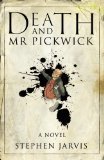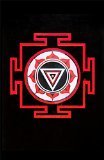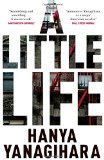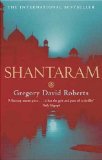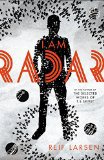Five words from the blurb: Guatemala, orphan, murder, corruption, friends
I bought this book because the title intrigued me and I hadn’t read a book set in Guatemala before. It is a long, slow read, but gives a good insight into the problems faced by those living in this country.
The story begins with us discovering what life is like for Roger, a child raised in Boston by his Guatemalan mother. The differences between the American and Guatemalan cultures were revealed and I discovered many facts I didn’t know:
Houses in Guatemala generally don’t have basements. It’s an earthquake country, so people aren’t going to rest an entire house over an abyss. During the rainy season basements would flood. In Guatemala City’s General Cemetery even the dead are buried aboveground, the rich in mausoleums the poor in long, high walls, coffins slid into them like cabinets, decorated with flowers and wreaths, Indian boys running around with rickety wooden ladders they rent for ten centavos to mourners who need to reach the top rows.
As Roger grows up he bonds with his maid, a Guatemalan orphan. One day she leaves to set up an orphanage in her own country. When Roger hears that she has been murdered he heads straight to the scene of the crime to discover what really happened to her.
The Long Night of White Chickens is a massive book. It took me over two months to complete as it is rich in detail and cannot be rushed. This means it occasionally felt frustratingly slow, but on reaching the end I was impressed by the accomplishment. It is an important book that raises more questions than answers; revealing layers of corruption and violence within a frightened society.
This book isn’t for everyone, but if you enjoy detailed, meandering stories and would like to understand what it is really like to live in Guatemala then I think this is a great place to start.

.



